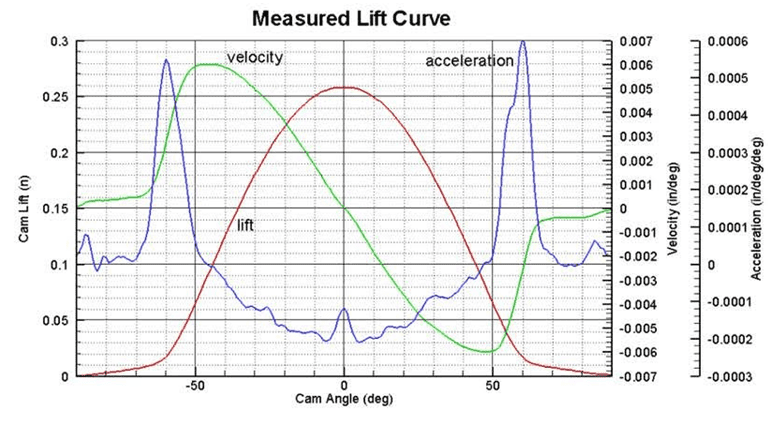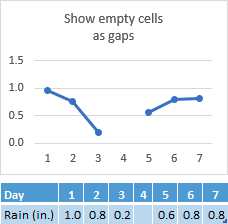

- MS EXCEL Y AXIS BREAK LINE GRAPH HOW TO
- MS EXCEL Y AXIS BREAK LINE GRAPH MANUAL
- MS EXCEL Y AXIS BREAK LINE GRAPH SERIES
Unfortunately, there isn’t native functionality to create one, but we can fake an Excel graph with 3 variables by creating another data series with a constant x-value, like I’ve done in the image below. So he wanted to know if there was a way to create a 3 axis graph in Excel. This makes it hard to view the acceleration curve on the chart without a unique axis. The challenge is that all three curves have very different scales, with acceleration being the smallest.
MS EXCEL Y AXIS BREAK LINE GRAPH HOW TO
How to Add a Third Axis in Excel: Create an “axis” from the fourth data series.Create Three Arrays for the 3-Axis Chart.Select the Data for the 3 Axis Graph in Excel.Decide on a Position for the Third Y-Axis.

MS EXCEL Y AXIS BREAK LINE GRAPH MANUAL
If you are not sure if a break is manual or calculated, you can determine by color. (The calculated value = the value in the original axis break). You can also reset back to the calculated value. In the context menu, set the desired minimum and maximum value of the axis break.Ĥ. To set a custom axis break, first insert a standard axis break.ģ. The maximum value of the new axis break cannot be greater than the maximum value of the original axis break.ġ. The minimum value of the new axis break cannot be less than the min value of the original axis break. You can set custom boundaries for your axis break within the limits of the break by right clicking on the break and setting custom minimum and maximum values for the break’s boundaries (the start and end value of the axis break). When you insert an axis break, Mekko Graphics calculates the parameters of that break based on your data. To remove an existing axis break, right click on the break and choose Remove Axis Break. There are two types of break styles: a wavy line and a diagonal line.

Drag the lines to determine the size of the compressed part of the scale. These lines mark the range of the compressed scale. You can adjust the size of the break by right-clicking the break and choosing Resize.Īlso, you can resize a break by simply dragging the lines that appear when you select the break. If it is determined to be too small, you will not be permitted to add the break. After you insert the break, hovering your mouse on the break will provide you with the upper and lower boundary of the break.Ī break can only be added if it is determined that the break is not too small relative to the axis scale. When adding an axis break, the exact position where you right-click a segment or axis determines where the break will be inserted. To add an axis break, right-click the part of the segment or axis where you want the break to be inserted, and choose Insert Axis Break from the Format Axis Context Menu. In other words, data for series on the 2Y axis could have a boundary in the middle of a break in the Y axis. And a break on the 2Y axis will be based on data plotted on the 2Y axis. Break placement for Y axis will be based only on series data relating to the Y axis.

On a 2Y chart, the breaks for the Y and 2Y axes are independent of each other. If that modification would cause the break to fall completely outside the data range, or cause the size of the break to be extremely small, the break will be removed entirely. Therefore, changing the data after a break has already been created, could cause the break to grow, shrink or move to meet the above requirements. The size of the break will always be set to the maximum size that it could take up without violating one the above rules. For a bubble chart, the break will only display on the axis, not on the bubble. For a scatter chart, none of the points can be within the break, and for a line or area chart, none of the vertices can be within the break (although the lines connecting vertices can cross a break). Axis breaks can be applied to a Y or a 2Y axis.įor a bar chart, the boundary between segments of a bar cannot fall within an axis break. Axis breaks can be used to shrink a particularly large segment and enhance readability for the smaller segments in your chart.Īny break you insert applies to the axis and to all segments sharing the same range of the axis.


 0 kommentar(er)
0 kommentar(er)
